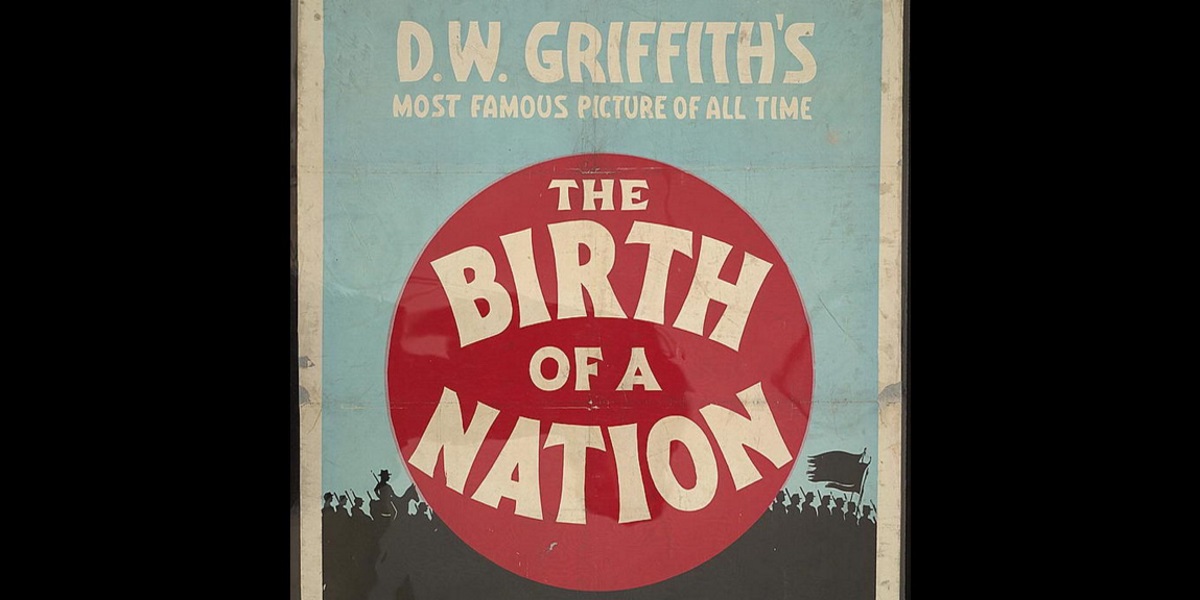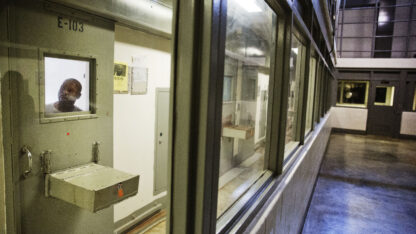‘Birth Of A Nation’ Has Complicated Century-Long Legacy

D.W. Griffith’s film “Birth of a Nation” debuted in Atlanta 100 years ago.
Library of Congress / Library of Congress
One hundred years ago this month, Atlantans piled into theaters to see a film unlike any they had seen before.
It was D.W. Griffith’s “Birth of a Nation.” During its three hours — the longest film of its time — Griffith pioneered many of the filmmaking techniques moviegoers still see in theaters today, like suspenseful crosscutting, dramatic camera angles and close-ups.
Unfortunately, Griffith’s narrative in the film, which chronicled life during and after the Civil War, relied on racism and historical revisionism. It depicted Republicans and freed blacks in the Reconstruction-era South as scheming against Southern whites, preying on their women and stuffing ballot boxes.
In an interview with Stephannie Stokes, Matthew Bernstein, chair of Emory’s Film and Media Studies Department, and Gordon Jones, senior military coordinator at the Atlanta History Center, look back on “Birth of a Nation” and consider its complicated legacy 100 years after it premiered in Atlanta.
Bernstein and Jones will be presenting a lecture on this topic, “Birth of a Nation at 100,” at the Atlanta History Center on Dec. 8th.





